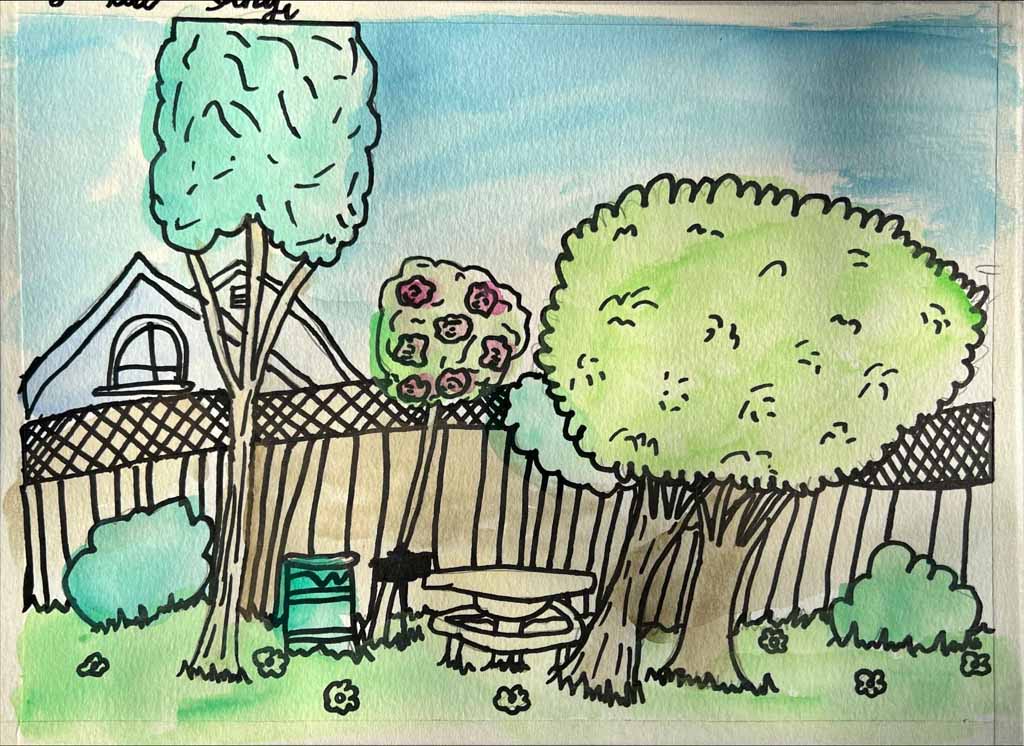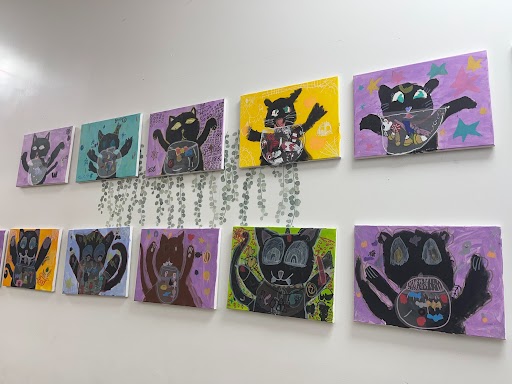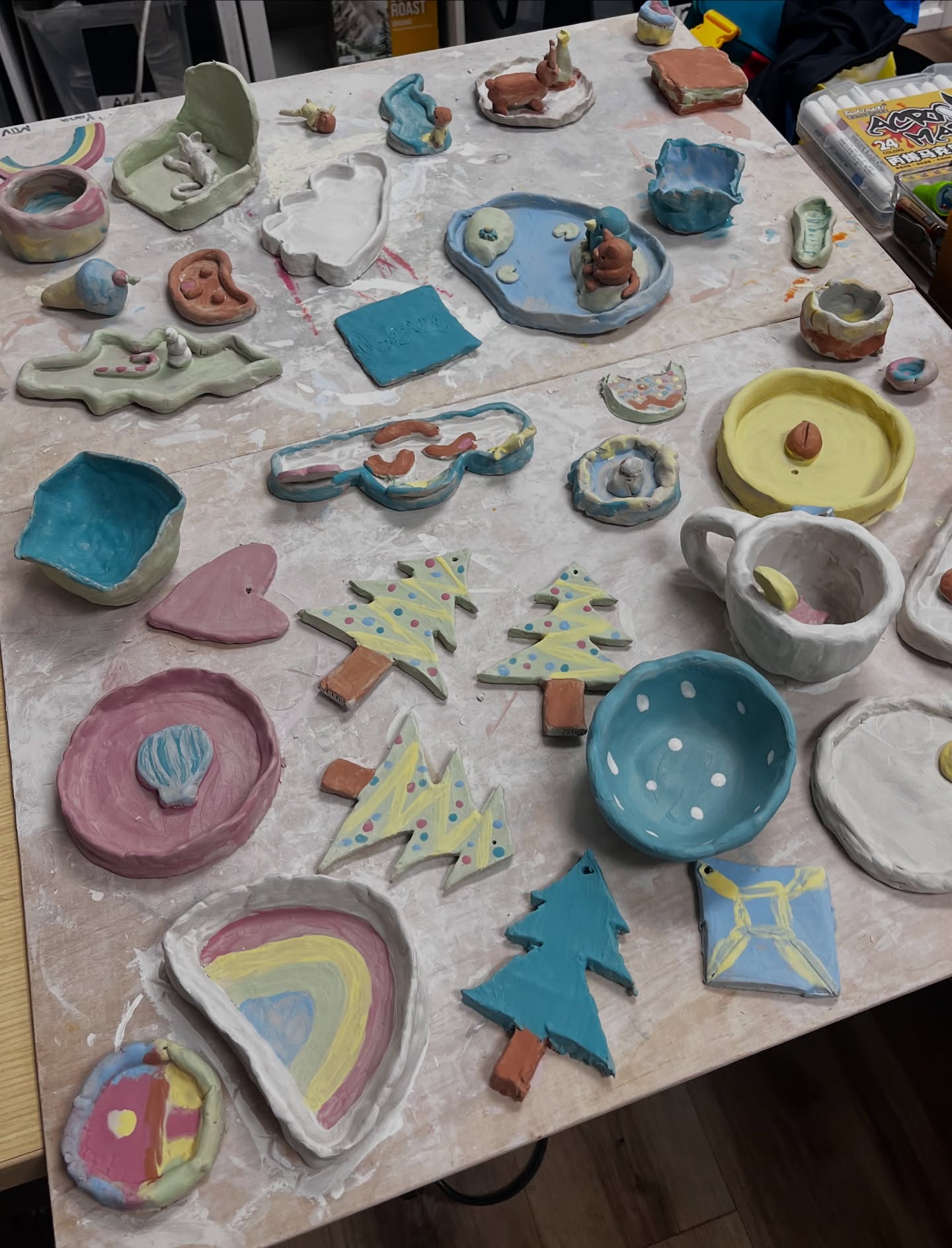10 Reasons Why an Art Class for Kids Boosts Creativity and Confidence
Creativity and confidence are two of the most precious skills a child can have. They shape the manner in which children view the world, how they solve problems, and even how they continue as adults. One of the greatest ways to teach them is through an Art Class for Kids. Unlike other school classes that teach primarily right or wrong solutions, art offers room for imagination, discovery, and expression.
But why exactly does art make such a huge difference? And why would parents sign their kid up for a formal class when all they will be doing at home is doodling? Let's take a closer look at 10 good reasons an art class is more than meets the eye.
1. It Teaches Kids to Think Outside the Box
When children are making an art project, they're not just coloring between the lines. They're imagining, planning, and deciding. Art encourages them to think in a less "yes or no" sort of way. This adaptable thinking becomes part of their existence, enabling them to tackle school, friends, and issues in a different light.
2. Confidence Increases With Each Brushstroke
Imagine a child starting out unsure, holding a paintbrush for the very first time. Having finished a project, they have created something all their own. The sense of achievement gives them confidence. Each time they finish a piece, no matter how simple, they are more confident.
3. Mistakes Turn into Teaching Aids.
Mistakes in most classrooms are failures. Art offers a chance to see them differently. A stain of paint may be a shadow. Even a wrong color can result in an unplanned design. Children are taught that mistakes are not a reason to quit; they may make their work even better. It is a good life lesson, also, where one must be flexible and inventive.

4. Advances Fine Motor Skills
Small hand muscles are needed in cutting, drawing, painting, or modeling clay. Such activities assist in the hand-eye coordination and fine motor skills, which, in their turn, teach writing, sports, and even the most basic of tasks, like tying one's laces. Art does not merely awaken the mind, but it also makes the body stronger in small but significant ways.
5. Encourages Concentration and Patience
Art assignments are lengthy. From finishing a drawing to waiting for paint to dry, children just learn to be patient. They also learn to concentrate on one activity for a long time, something that is hard in today's speedy, screen-heavy world.
6. Increases Emotional Expression
Not all children are articulate about their emotions. Art gives them a second language, colors, shapes, and lines. A shy or quiet child can express himself or herself through drawing or painting.
7. Sparks Imagination and Curiosity
Give a child a blank sheet of paper, and you’re giving them endless possibilities. Should they draw a castle, a dragon, or their favorite superhero? Art naturally sparks imagination. It also nurtures curiosity, which leads to discovery and a love of learning.
8. Builds Social Skills in Group Settings
Being in a group class means kids share materials, talk about work, and even collaborate on some projects. This encourages social skills of working together, respect, and communication. They also learn to give and take constructive criticism, which will serve them well in school and beyond group work in life.
9. Presents a Healthy Alternative to Screens.
Admittedly, children are spending a lot of time on tablets, phones, and televisions these days. A bit is good, but too much deprives one of inventiveness. Drawing, sculpting, or painting is a break without a screen that is tangible. The physical process of painting, sculpture, or drawing is tactile and provides the opportunity to disconnect and concentrate for the kids.
10. Establishes the Foundation of Lifelong Learning.
Although the child may not become a professional painter, the knowledge he or she acquires at the art class remains with him or her. All these qualities, such as creativity, self-confidence, patience and problem-solving, are useful skills in any profession, no matter whether he or she is going to become an engineer, a teacher, or a businessman. Art is planted, and the roots take hold way beyond the end of the art time period.

Why a Structured Class Matters
You could say, can't kids just play at home with crayons and paper? Well, that's fine, but a Systematic Art Class for Kids offers so much more. They learn from professional teachers using new techniques, are allowed to try different media, and receive constructive criticism to help them improve.
The CalColor Difference
Here at CalColor, we've seen it in action ourselves: how art transforms children. We have classes that bring out the best in each child, whether starting from scratch or working on serious portfolios for their future.
Small group sizes guarantee children receive individualized attention. And with several programs to choose from, fine art, computer art, and advanced training, we guarantee children learn not only techniques but also have fun doing it as well.
Families looking for art classes in Fremont often choose CalColor because of our supportive environment and proven results. From boosting confidence to helping students win awards and even prepare for AP Art, we’ve built a space where kids thrive creatively and emotionally.
Final Thoughts
Art isn't just creating pretty pictures. It's about preparing children to learn, communicate, and believe in themselves. The following 10 reasons detail how powerful an art education can be in building both creativity and confidence.
If you’ve been thinking about ways to support your child’s growth, consider enrolling them in structured programs that go beyond doodles and crafts. With schools and centers like CalColor, families in the Bay Area have access to some of the best resources for kids’ artistic development. And for parents searching for art classes in Fremont, this could be the opportunity to spark a lifelong love of creativity in your child.
FAQs
Q1: How do art classes make children more imaginative?
Art classes encourage children to think beyond the rules and experiment. Instead of discovering only one "right answer," children are experimenting with alternative colors, shapes, and styles. Open-ended activity like this provokes imagination and encourages them to think for themselves.
Q2: Can art classes really make a child more confident?
Yes, indeed. A child who completes a piece of art and sees what he has made develops pride and confidence. As time goes on, the ability to accomplish projects and obtain positive feedback boosts the confidence of the children in not only art but also in school and even in a social context.
Q3: What is the best age to start an Art Class for Kids?
All kids can start systematic art lessons as early as four or five years old. They're at that age, curious and eager to learn. Starting them early enables them to establish their creative regimen early, but it's never too early; even older kids and teenagers benefit equally.


Discover the Best Art Classes in Fremont for Kids

5 Reasons to Enroll Your Child in a Children’s Art Class Today

10 Reasons Why an Art Class for Kids Boosts Creativity and Confidence

How a Children’s Art Class Can Inspire Lifelong Passion?

Unlock Your Child’s Creativity with Art Classes in Belmont

How Does a Children’s Art Class Help with Emotional Development?

How Does an Art Class for Kids Boost Creativity and Confidence?

What Should You Look for When Choosing Art Classes in Mountain View?

What Makes Fremont Art Classes So Popular in 2025?

2025 IAMA Youth Art Contest and Exhibition
Unlock Your Child’s Artistic Potential: Finding the Right Art Class for Kids

Artistic Eyes: Exploring the Secrets of Composition

8/10 CalColor Open House tryout Classes Invitation

Teen Boot Camp: The Winning Strategy for College Applications

An Artistic Summer to Renew Kids’ Life: 4 Key Logics Reveal the Value of Art Camps

Brush of the Future: How Digital Art Empowers Children's Path to College and Career

Summer Camp Carnival: A Must-Attend Artistic Feast for All Ages

The Dream of Art, The Journey of a Year: CalColor 2023 Year-End Summary

How to Visit an Art Museum – A Guide for Families

Rising from Scratch: The Remarkable Journey of CalColor Teen Program

Changing Perspectives: How Art Transforms Students' Views of the Everyday
CalColor Academy's younger students recently explored car interiors. Students typically draw the outside of cars, but we asked them to focus on the details of dashboards, steering wheels, and AC vents. Different age groups used various techniques: younger students focused on basic shapes and one-point perspective, while older students honed advanced skills like hand drawing and shadow incorporation. These projects highlighted how art can change our perspective, revealing the extraordinary in the every day, a valuable lesson for our students on their artistic journeys.

Dawning Realism
When kids reach middle school and high school age, they become more advanced in their understanding of value, shape, proportion, and want to stretch their ability to mimic real life.





